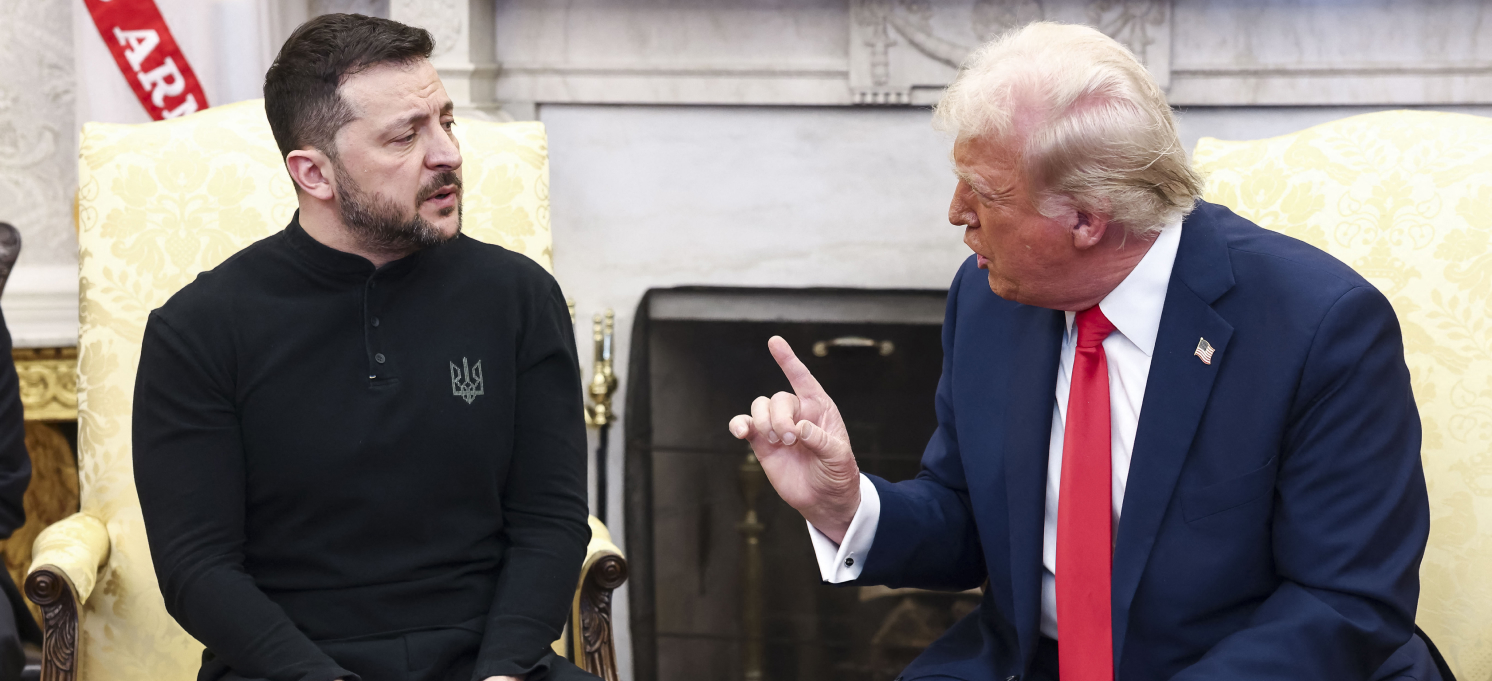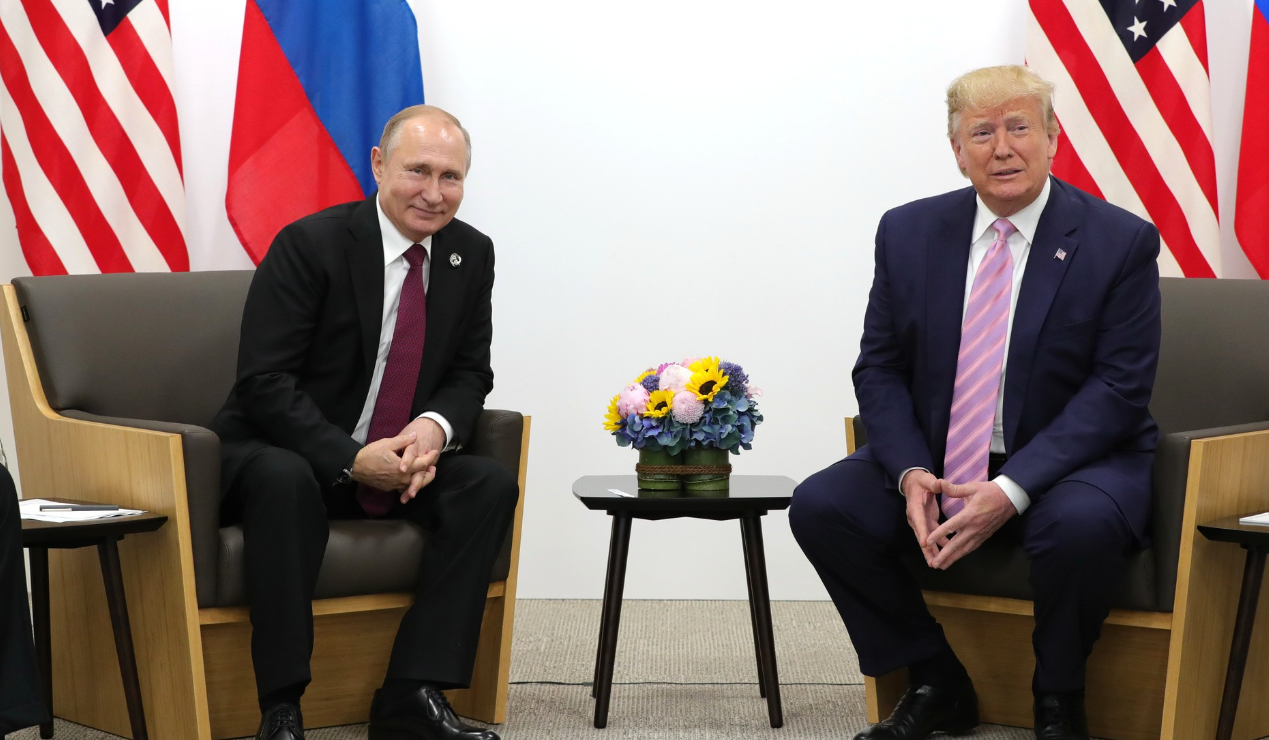
The West’s quandary over frozen Russian assets
Hello! Happy New Year and welcome to your weekly guide to the Russian economy — written by Alexander Kolyandr and brought to you by The Bell. This time our top story is about intensifying discussions in Europe and the U.S. about frozen Russian assets – although their confiscation still looks unlikely. We also look at the Central Bank’s plans to sell its foreign currency reserves.
Discussions in the West intensify over fate of Russia’s frozen assets
There look set to be bitter arguments this year over whether to confiscate about $300 billion of Russian assets that are frozen in the West. While Western capitals appear determined to overcome the obstacles to issuing financial and military support to Ukraine, confiscating Russian assets may be too much of a radical pill to swallow.
Aiding Ukraine at Russia’s expense
Belgium began its six-month stint as leader of the presidency of the EU Council at the start of the year. Belgium has never wavered in its support for Ukraine, and sees its main task as securing approval for a €50 billion ($55 billion) package of financial aid for Kyiv at the Feb. 1 European summit. At a previous summit in December, EU leaders were unable to agree.
However, the prospect of EU member states having to make extra financial contributions to the EU in order to fund Ukraine is not popular, and Belgian Prime Minister Alexander de Kroo has urged the bloc to seek alternative sources of funding.
The most obvious alternative would be the $300 billion of Russian assets frozen by Western countries immediately after the full-scale invasion in 2022. Most of these assets belong to Russia’s Central Bank. Over 80% of it is in Europe, and about €190 billion with Belgian institutions (Euroclear, where the Central Bank held its investments, is located in Belgium).
For almost two years, arguments have raged over what to do with this money. G7 countries agree that the funds cannot return to Russia until it offers reparations to Ukraine. That means nothing is ever likely to be returned — independent assessments of the damage inflicted on Ukraine during the war so far already far outstrips the value of Russia’s frozen assets. In any case, this money will remain frozen until the end of the war – standard practice in previous conflicts. On the one hand, this approach limits the funds available for an aggressor, creates a bargaining chip for negotiations, and simplifies questions of compensation. At the same time, it protects the sanctity of sovereign assets.
Will Washington back confiscation?
Naturally, Ukraine is demanding that these frozen funds are transferred now so it can purchase weapons and support its economy. And the U.S. appears to be on Kyiv’s side. Bloomberg cited Wednesday sources saying that the White House supports the Rebuilding Economic Prosperity and Opportunity for Ukrainians Act currently before Congress. This bipartisan legislation permits (but does not oblige) the president to confiscate frozen Russian assets on U.S. territory to support Ukraine. Moreover, it preemptively prevents U.S. courts from accepting legal challenges on the issue.
However, there are almost no Russian assets held on U.S. soil. Unsurprisingly, the most active supporters of the confiscation proposal are countries where there aren’t many Russian assets – alongside the U.S. this includes the UK, the Baltic States and Central European nations.
What about EU nations?
Belgium, France, Germany – and the EU in general – are more cautious. They’re concerned about an exodus of investors from European assets, and retaliatory measures from Russia – in particular, the nationalization of remaining assets and accounts held by European companies and investors in Russia. Belgium is also concerned about the weakening of Euroclear’s position on the financial markets. However, the alternative – member states paying more to the EU’s budget and potentially raising taxes to cover this – is also unattractive. The ruling coalition in Belgium already faces a battle with Flemish nationalists who are opposed to both tax increases, and any additional support for Ukraine.
The result is likely to be resistance to the immediate seizure of Russian assets. It’s possible that the U.S. will manage to push through a compromise measure, such as taxing at 100% the income from these assets. But Belgium’s EU presidency significantly reduces the likelihood of any radical steps in the immediate future. The most intense discussions on this are expected in February when EU and G7 countries meet to find ways to help Ukraine.
Why the world should care
From Russia’s point of view, the frozen assets are lost. Moscow is, however, still threatening retaliatory measures if confiscation goes ahead. These measures could range from nationalizing foreign-owned property and accounts, to severing diplomatic relations. Both would create difficulties for the ruble and the markets. Nevertheless, it seems unlikely that the fate of these assets will be decided in the next six months.
Russia’s Central Bank launches foreign currency sell-off
New budget rules came into force in Russia on Tuesday that mean the Central Bank will sell foreign currency reserves in proportion to expenditures made from the country’s rainy day fund, the National Welfare Fund (NWF). This year, sales under the new rule are expected to be worth the equivalent of about 2.9 trillion rubles ($33 billion).
- The Central Bank traditionally sells foreign currency in line with the withdrawal of cash from the NWF. Last year, for example, the NWF financed road building, infrastructure projects, and bought 4,000 buses for various Russian regions. “Mirror” sales by the Central Bank are needed to avoid fuelling inflation (rubles are effectively being withdrawn from the economy). This is a long-established system.
- However, now, the government is not only spending on infrastructure investments, but also allowed to use the NWF to cover the country’s wartime budget deficit. Before the war, this was prohibited. But the government can now take extra money from the NWF in violation of the previous budget rules – 2.9 trillion rubles in 2023 and 1.3 trillion in 2024. The Central Bank will make up for these withdrawals by selling foreign currency.
- At the same time, the Finance Ministry is selling foreign currency to cover less than expected oil-and-gas revenues (in December, they amounted to 199 billion rubles less than envisaged by the budget). Between Jan. 15 and Feb. 6, Russia is due to sell 69.1 billion rubles’ worth of foreign currency on the market.
- These sales are regulated by the budget rule that states that, if oil and gas revenues are less than planned, the Finance Ministry orders the Central Bank to sell foreign currency to make up the shortfall. If revenues exceed expectations, the bank buys foreign currency.
- In the first half of last year, high prices meant oil revenues exceeded estimates by 1.5 trillion rubles. However, the bank did not purchase foreign currency then so as to avoid putting extra pressure on the already-struggling ruble. Now, the new rules mean it is supposed to make up for the purchases not made last year.
- Given all this, in 2024, the Central Bank looks set to sell 8.5 billion rubles worth of Chinese yuan a day. This is equivalent to just over 1% of all its liquid reserves every month.
- The immediate impact of these sales is to strengthen the ruble and, sure enough, the Russian currency rose to a seven-week high against the U.S. dollar Friday.
Why the world should care
The new budget rules show how the Finance Ministry and the Central Bank are both flexible when it comes to applying the budget rules – but also eager to follow some sort of rules. The existence of currency reserves, and evidence of discipline in their use, remains of key importance for Russia’s economy, and its ability to finance its army in Ukraine.
Figures of the week
- Sberbank raised its minimum mortgage rate to 16.7%. State subsidized mortgages, which remained unchanged, are gradually turning into a “tax on poverty” – only people who can afford a downpayment and meet mortgage payments gain access to discounted rates, while everyone else pays in full (in effect a subsidy).
- Eggs – which last year became a symbol of Russia’s rampant inflation – are getting cheaper after emergency measures. According to the Agriculture Ministry, producer prices fell up to 4.2%. It’s not clear if this has filtered through to consumer prices.
- Inflation last year was 7.42%, the State Statistics Service (Rosstat) said Friday. This was slightly lower than the average analyst prediction of 7.6%. Eggs were one of the goods with the biggest annual price rice, increasing 61.35%. Another leader was chicken, which climbed 27.77%. In total, food prices (excluding alcohol) rose 8.86% in 2023. In December, inflation came in at 0.73%, with food prices rising 1.65%.
- The 2023 budget, according to preliminary Finance Ministry data, ran a deficit of 3.24 trillion rubles (above the planned 2.9 trillion rubles). However, due to economic growth, the relative deficit figure was 1.9% against a planned 2%.
- The Finance Ministry continues its search for new revenue streams. Now it is proposing tax increases for lottery operators. At present, operators pay 10% of the difference between income and the value of the prize fund. Now, the ministry wants them to pay 5% of all revenue. According to the Finance Ministry’s calculations, this would almost double lottery revenues to 5.7 billion rubles a year
Further reading
Putin’s Unsustainable Spending Spree. How the War in Ukraine Will Overheat the Russian Economy





